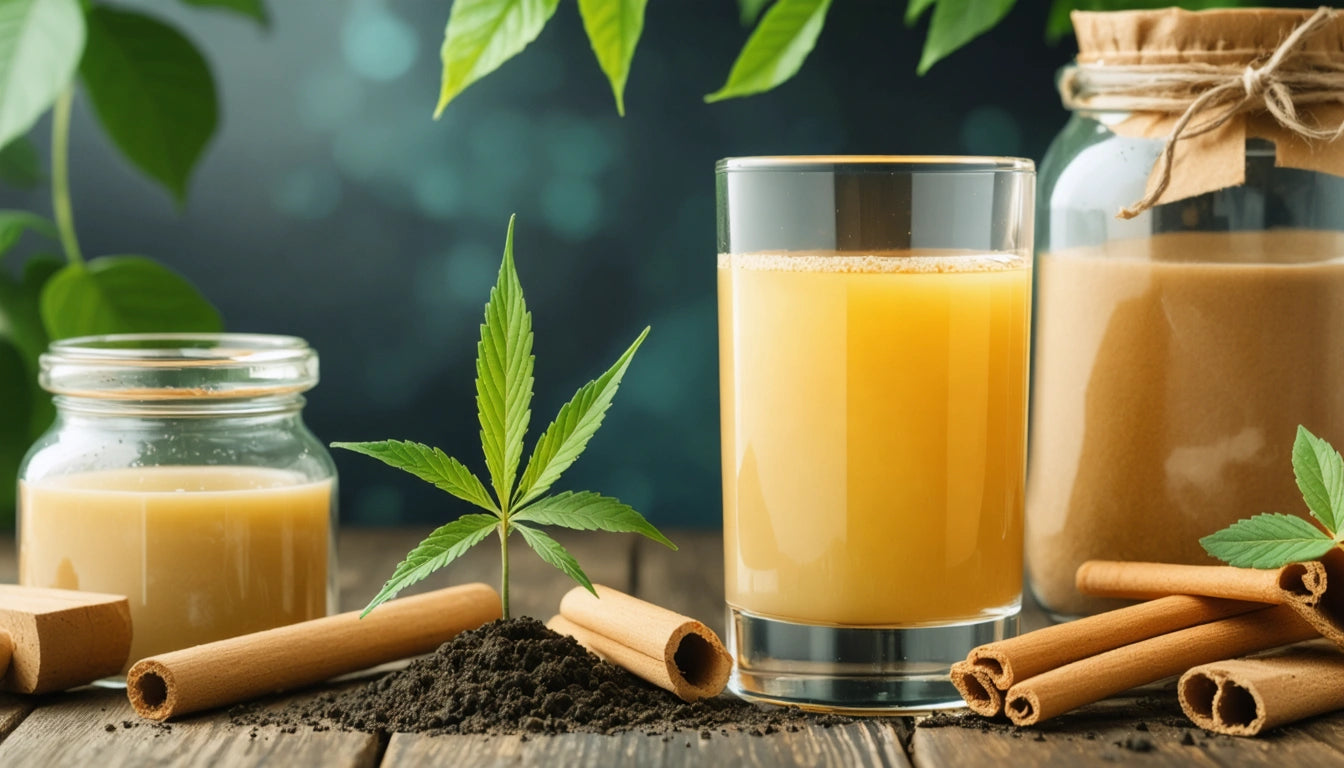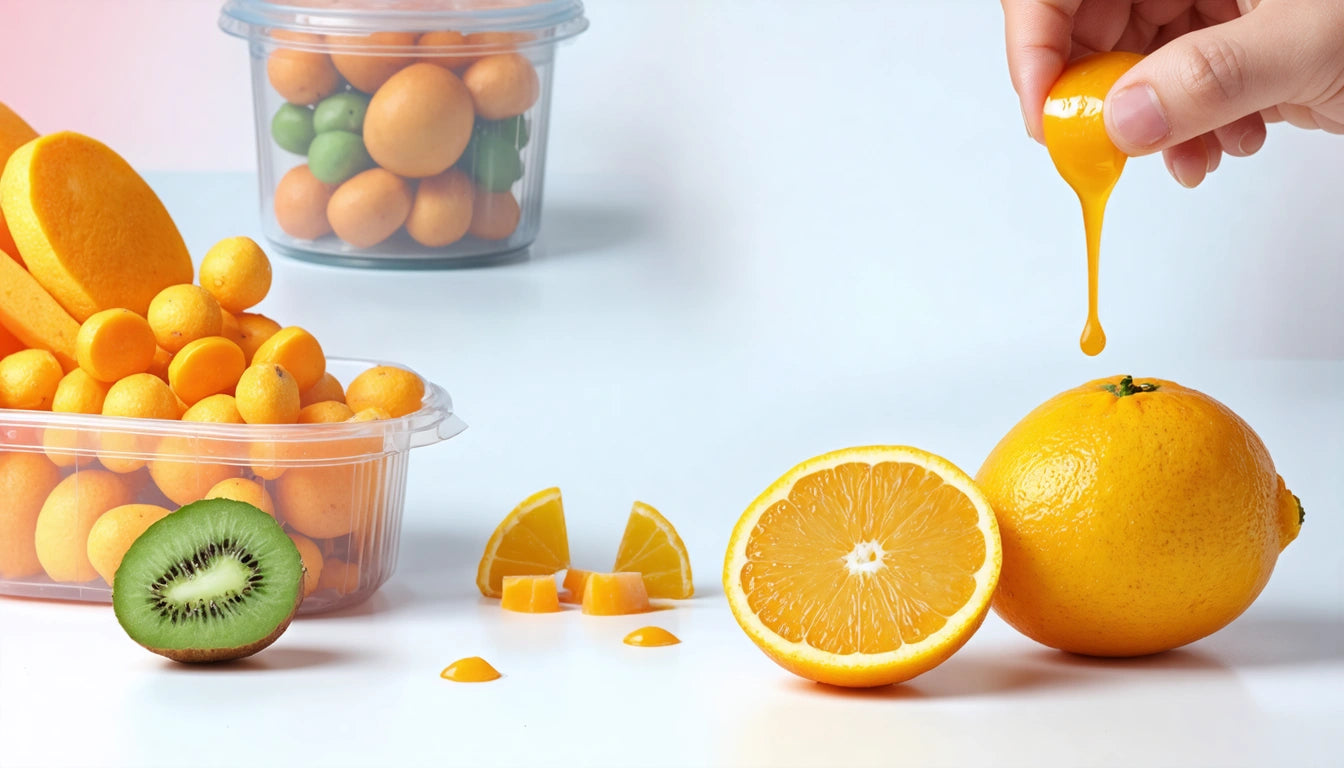Table of Contents
Cannabis concentrates present unique packaging challenges due to their sticky consistency and temperature sensitivity. Preventing leaks and residue buildup requires thoughtful material selection, proper handling procedures, and understanding how environmental factors affect product integrity. This guide explores practical solutions to ensure your concentrates remain contained, fresh, and compliant.
Understanding Concentrate Packaging Challenges
Concentrates vary widely in viscosity and consistency, from runny oils to sticky waxes. Each texture presents specific packaging requirements. Leakage often occurs due to improper container selection, temperature fluctuations, or inadequate sealing mechanisms. According to consumer preference surveys, leak-proof design ranks as the top priority for concentrate users, even above aesthetic considerations.
Common concentrate packaging problems include:
- Product sticking to lids and container walls
- Leakage during shipping or storage
- Degradation from air exposure
- Terpene loss due to improper sealing
- Residue buildup making containers difficult to open
Optimal Materials for Leak Prevention
Material selection is crucial for preventing leakage and maintaining product integrity. Glass, silicone, and certain plastics each offer distinct advantages for different concentrate types.
Glass Containers
Borosilicate glass jars remain the gold standard for concentrate storage due to their non-reactive properties and excellent seal capabilities. For precise filling of these containers, many producers utilize precise digital scales to ensure consistent product amounts while minimizing overflow risks that could compromise container seals.
Silicone Containers
Silicone offers non-stick properties ideal for particularly adhesive concentrates like wax and shatter. However, quality varies significantly, with medical-grade silicone providing superior leak resistance compared to lower-grade alternatives.
PTFE Sheets and Liners
Polytetrafluoroethylene (PTFE) liners or sheets provide excellent non-stick barriers between concentrates and container lids. These thin sheets prevent product from adhering to container tops, significantly reducing leakage risk during opening and closing.
Temperature Management Strategies
Temperature fluctuations represent a primary cause of concentrate leakage. As this resource on temperature impacts explains, viscosity changes dramatically with heat exposure.
Cold Chain Considerations
For live resins and other temperature-sensitive extracts, maintaining cold chain logistics prevents unwanted consistency changes. Insulated shipping containers and temperature-controlled storage prevent the thinning that leads to leakage.
Thermal Stability Testing
Before finalizing packaging selections, testing containers under various temperature conditions helps identify potential failure points. This is particularly important for products that may experience temperature fluctuations during distribution.
Proper Handling and Filling Techniques
Even the best containers fail when improper filling techniques are used. Proper packaging procedures significantly reduce leak risks.
Fill Level Optimization
Overfilling containers is a common cause of leakage. Leaving appropriate headspace allows for minor expansion without compromising seals. Industry standard is typically 10-15% headspace for most concentrate containers.
Clean Rim Practices
Ensuring container rims remain free of product residue during filling is essential for proper sealing. Many producers implement rim-cleaning protocols using isopropyl alcohol and microfiber cloths before applying lids.
Child-Resistant Solutions That Prevent Leakage
Compliance requirements for child-resistant packaging add another layer of complexity to leak prevention. Child-resistant options must balance security with effective sealing.
Push-and-Turn Mechanisms
Modern push-and-turn containers utilize silicone gaskets that create superior seals while maintaining child-resistant functionality. These mechanisms have largely replaced older designs that were prone to leakage.
Certified Testing
CPSC-certified child-resistant packaging undergoes rigorous testing that often includes leak prevention evaluations. Choosing certified options provides dual benefits of compliance and quality assurance.
Packaging Innovations for Sticky Concentrates
The concentrate market continues to evolve with new packaging technologies specifically designed to address stickiness and leakage issues. Disposable applicators and other innovations offer promising solutions.
Recent developments include:
- Dual-chamber containers that separate terpenes from cannabinoids until use
- Airless pump systems that minimize product exposure to oxygen
- Specialized spatula tools integrated into packaging designs
- UV-protective containers that extend shelf stability
- Precision dispensing caps for oils and distillates
For brands looking to scale their concentrate lines while maintaining product integrity, custom packaging solutions can address specific leak prevention needs while reinforcing brand identity.
By implementing these strategies and selecting appropriate materials, cannabis producers can significantly reduce the leakage and stickiness issues that plague concentrate packaging. The investment in proper packaging pays dividends through extended shelf life, improved customer satisfaction, and reduced product waste.











Leave a comment
All comments are moderated before being published.
This site is protected by hCaptcha and the hCaptcha Privacy Policy and Terms of Service apply.